 All of these nets are made in the USA.
All of these nets are made in the USA.
Click this link to Gillnetting-Wikipedia for additional information on Gill Nets.
We, Nets & More, assist fishermen daily in choosing the right type gill net for their particular job. Since there are several different types, we can build a net to fit your need, usually regardless of the specifications.
Flag Net
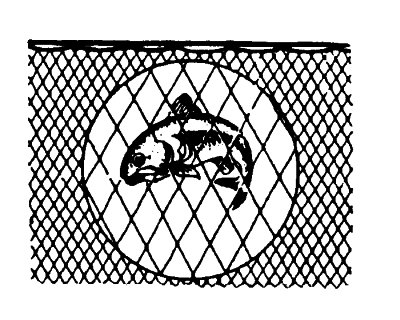
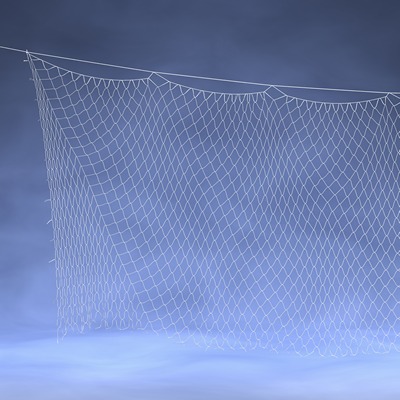
The least expensive type of gill nets is the Flag Net. This net is made of a single sheet of netting, that is suspended by a top string only and is allowed to sink into the water by its own weight. Thus, a flagging type appearance in the water. As this net has no bottom rope (and generally no floats), it is the most difficult of the gilling type nets to keep from rolling up in the wind or current. This net must be fished in still water when there is no wind. However, in the last few years, commercial fishermen have been returning to this type net in Monofilament netting, as monofilament does not roll as bad as the nylon netting.
Leaded Gill
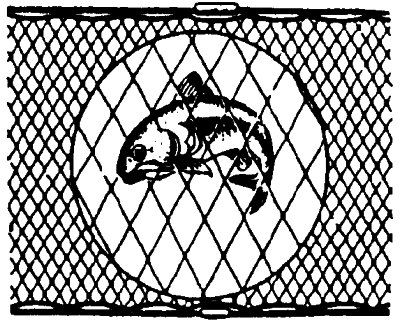
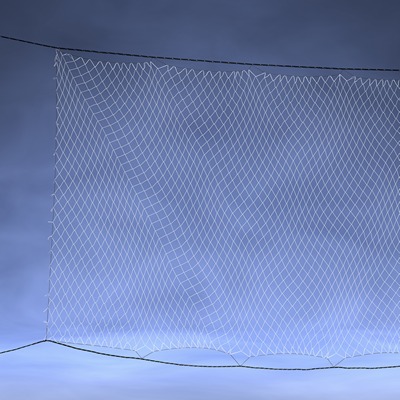
The next step up from the flag net is the Leaded Gill. This is the same netting as is used in the flag nets, but a rope is used on top and bottom and it is customary for this to have floatrope and lead. The main disadvantage of this type net is that it is like a wall in the water and particularly in fresh water the fish will ease up to this net and then back off. It seems that most of the saltwater species of fish are more aggressive than the fresh water fish as they will generally take this type of netting better. It is also ideal for Gar; either fresh or saltwater.
Tie Down Gill Net
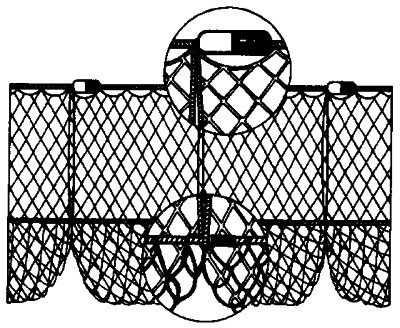
The next step above a leaded gill is the Tie Down Gill Net. A Tie Down Net is normally constructed the same as a leaded Gill with the addition of a string every 6 ft. that runs to the bottom of the net and is used to reduce the depth of the net by several feet. This forms slack or bag in the netting. So, when a fish eased up to this net, there will be some netting material loose in the water in which the fish may become entangled. Dollar for dollar, yard for yard, we believe this is one of the best Gill Net purchases you can make. Note for history buffs: This type of gill net became very popular with fresh water fishermen in the 1960's. Most fishermen originally referred to this type of gill net as a hobble net and in some areas it was called a goose net.
Trammel net
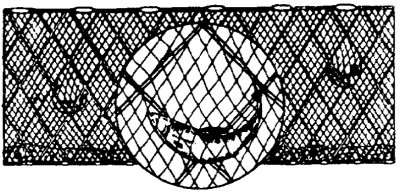
The most complex and expensive gill net is the Trammel Net. This is a 3 wall net. The lighter gill netting is sandwiched between 2 larger walls of netting. This means that wherever a fish runs into the net, he will make a bag around himself, even if he doesn’t gill as he would in the other type nets. To the fisherman, this means a wider range of fish size and a net that will catch and hold more fish. The Trammel Net is a favorite for many Commercial Fisherman.